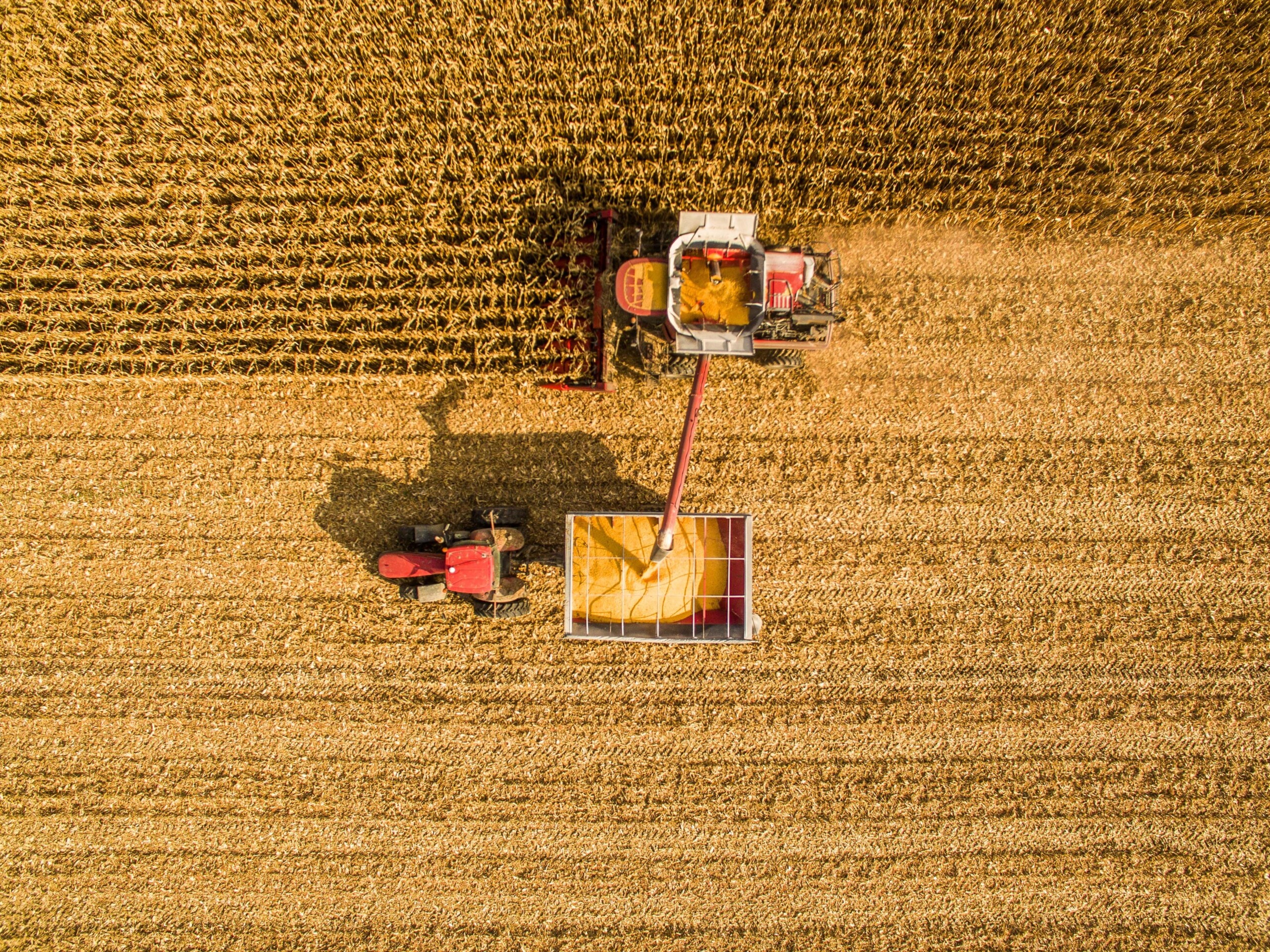
The long-awaited recovery of Brazil’s crop inputs market may strengthen in 2025 amid a promising harvest and the recent real depreciation, which enhances farmers’ profits in local currency.
Challenges that hindered the recovery last year, such as adverse weather conditions that slashed soybean production in Mato Grosso, are unlikely to recur. In the current soybean crop, which harvest is expected to kick off in the coming weeks, favorable weather has added crops, with production poised to reach a new record in Brazil around 170 million tons.
In addition, the exchange rate has further depreciated over the last month, offering some support to local commodity prices. Since early December, the Brazilian Real has stabilized above 6 reais per dollar, marking an all-time-high. The Real has weakened over 20% over the past year, leading losses among major currencies.
Slightly more attractive agricultural product prices, particularly for corn, are expected to boost farmer confidence, contributing to higher input sales volumes.

If the harvest proceeds as expected, farmers are likely to be in a better position to meet payment obligations in April and May, settling debts for inputs purchased for soybean planting.
According to analysts at Rabobank Brazil, the issue of excess inventory—a persistent challenge for input manufacturers and distributors over the past two years—should be resolved by the second quarter.
From that point forward, several players in the grain supply chain, from input producers to retailers, could begin to see more favorable conditions for a more consistent recovery during the 2025/26 crop season, which plantings start in September.
This time, the main challenge is expected to come from the financial side. Brazil’s benchmark interest rate, currently at 12.25% per year, is projected to reach 15% in 2025, according to analysts surveyed by Brazil’s Central Bank.
Rising cost of capital will pose a significant challenge for agricultural input retail chains, potentially limiting cash flow for shareholders or even impairing the ability to service debts in more critical cases.
For heavily leveraged players, the goal will be to navigate the first half of the year without major setbacks, paving the way for a full recovery starting with the 2025/26 season.




